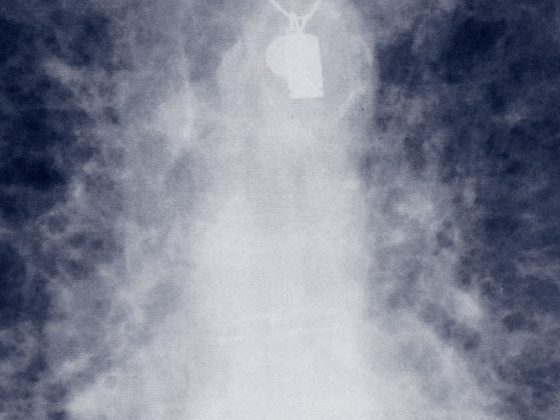Prof. Stefan Anker, MD, provides a summary overview of the key outcomes of the EMPEROR-Preserved study.

Prof. Dr. med. Stefan Anker Berlin-Brandenburg Center for Regenerative Therapies |
Can you give us a summary overview of the key outcomes of the EMPEROR-Preserved study?
Prof. Anker, MD:
This is the first success that can be recorded in the therapy of HFpEF. To put it in a nutshell: We are now seeing a success that has not happened for the last 18 years – despite five different attempts. It showed a really significant difference, which is also statistically significant – in a way that leaves no doubt. The 21% risk reduction is a difference that can not only be measured, but also felt. This is because patients’ symptoms and quality of life also improve. There are two aspects to quality of life: On the one hand, the quality of life measurable by questionnaires improved. But not having to spend part of your life in the hospital also promotes this significantly.
The positive results are predominantly due to the reduction in hospital stays. How should this fact be classified?
The study – and with it all other precursor studies as well – was designed to establish combined endpoints. So all-cause or cardiovascular mortality, as well as heart failure and hospitalization rates. The latter either as the first event or as the first and repeated events. The question then becomes how many hospitalizations happen and how quickly. This is because these are no longer included in the cardiovascular mortality endpoint. Now we are currently in a pandemic in which cardiovascular mortality has actually turned out to be a little higher than expected. Approximately one-third of all primary endpoints are cardiovascular deaths. The 21% identified corresponds to the combined endpoint. Looking at the individual components, while the reduction in cardiovascular mortality was 9%, heart failure hospitalization was more than 25% for both the first and repeat events, which was highly significant. This is relevant to patients because heart failure hospitalization affects prognosis. To see effects in mortality, the study may also not have been long enough, with a follow-up of 26 months. But aside from the resources needed for a longer study, it would also be unethical to continue such a study even though it has met the combined endpoint. Patients deserve to have this option for treatment.
The interview was conducted by Leoni Burggraf
CARDIOVASC 2021; 20(3): 38












